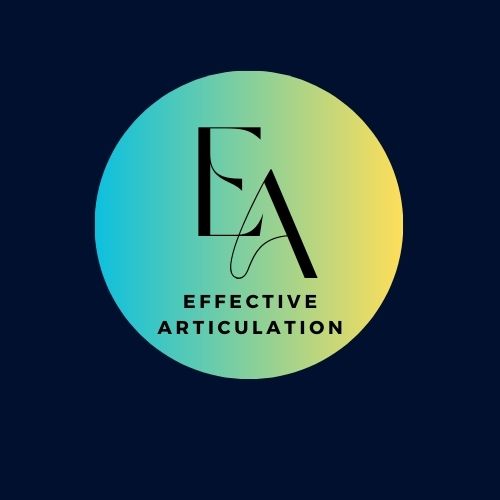A behavioral interview is a window into how you handle yourself in the professional world.
Employers act like detectives, using these interviews to gather insights into how your past experiences and behaviors shape your future actions.
The premise is simple: past behavior is the best predictor of future performance.
But don’t stress—I’ve got some insights to help make this as smooth as possible for you.
Cracking the STAR Method
The STAR method is your go-to framework for answering behavioral questions effectively.
STAR stands for Situation, Task, Action, and Result, and it helps structure your real-life stories to keep them focused and impactful.
Here’s how to break it down:
- Situation: Set the scene—describe the context or challenge you faced.
- Task: Explain your specific role and responsibility in addressing the issue.
- Action: Detail the steps you took to resolve the problem or achieve the goal.
- Result: Share the outcome and, if possible, quantify the impact.
By following this structure, you ensure your answers remain clear, concise, and relevant, preventing unnecessary rambling or missing key points.
Understanding Behavioral Interviews
There’s a common misconception that behavioral interviews are unpredictable or filled with trick questions.
Not true. These interviews aren’t about surprises; they’re about understanding how you operate in real-world scenarios.
Think of them as an opportunity to showcase your skills in action. Interviewers want to see your problem-solving ability, teamwork, leadership, and adaptability in different situations.
Preparing Effectively: Setting Yourself Up for Success
Prepping for a behavioral interview isn’t just about knowing your skills. It’s about organizing your thoughts and stories so you can present them with confidence.
Here’s how to set yourself up for success:
- Research Common Behavioral Questions
-
- Look up typical questions related to your industry and role.
- Identify recurring themes such as teamwork, problem-solving, conflict resolution, leadership, and handling pressure.
- Reflect on Your Experiences
-
- Think back to past projects or challenges where you played a key role.
- Write down bullet points covering who was involved, what happened, what you specifically did, and how everything turned out.
- Keep a mix of experiences, including successes and learning moments, to demonstrate your versatility.
- Practice Storytelling with Clarity and Conciseness
-
- Avoid overloading your answers with excessive details—stick to key points.
- Keep your responses engaging yet professional, like sharing a meaningful story with a friend.
- Stay Adaptable and Ready for Curveballs
-
- Sometimes, questions take unexpected turns. Stay calm and adjust your response accordingly.
- If needed, take a few moments to think before answering—thoughtful responses are better than rushed ones.
- Rehearse with a Friend or Record Yourself
-
- Practice answering questions aloud to refine your delivery.
- Stand in front of a mirror or record yourself to evaluate your tone and body language.
- Aim for a balance between sounding prepared and being naturally conversational.
Executing During the Interview: Communicating Confidence and Competence
When you step into that interview, your presence and communication matter just as much as your answers. Here’s how to ensure you make a great impression:
- Stay Calm and Collected
-
- Listen carefully to each question before responding.
- Take a brief pause to organize your thoughts if needed—this shows confidence and engagement.
- Deliver Answers with a Natural Flow
-
- Avoid sounding overly rehearsed; let your responses feel spontaneous and authentic.
- If a question has a unique twist, adjust your answer to fit while staying within the STAR framework.
- Use Positive Body Language
-
- Maintain good posture, smile occasionally, and make eye contact to convey confidence.
- Avoid fidgeting, crossing your arms, or looking away too often, as these can signal nervousness.
- Be Ready for Follow-Up Questions
-
- Interviewers may ask follow-ups to dig deeper into your experience.
- Use this as an opportunity to elaborate on your thought process, challenges, and insights.
- Handle Tough Questions Gracefully
-
- If you get stumped, don’t panic. Take a moment to think and structure your response.
- If you genuinely don’t know something, be honest and share how you would go about finding the answer.
- Turn challenging questions into opportunities to show your adaptability and problem-solving mindset.
Final Tip: Confidence Comes from Preparation
The best way to ace a behavioral interview is to prepare thoroughly.
The more you practice, the more confident and natural you’ll feel.
Treat the interview as a conversation, not an interrogation, and focus on showcasing your best professional self. Good luck. You’ve got this!
